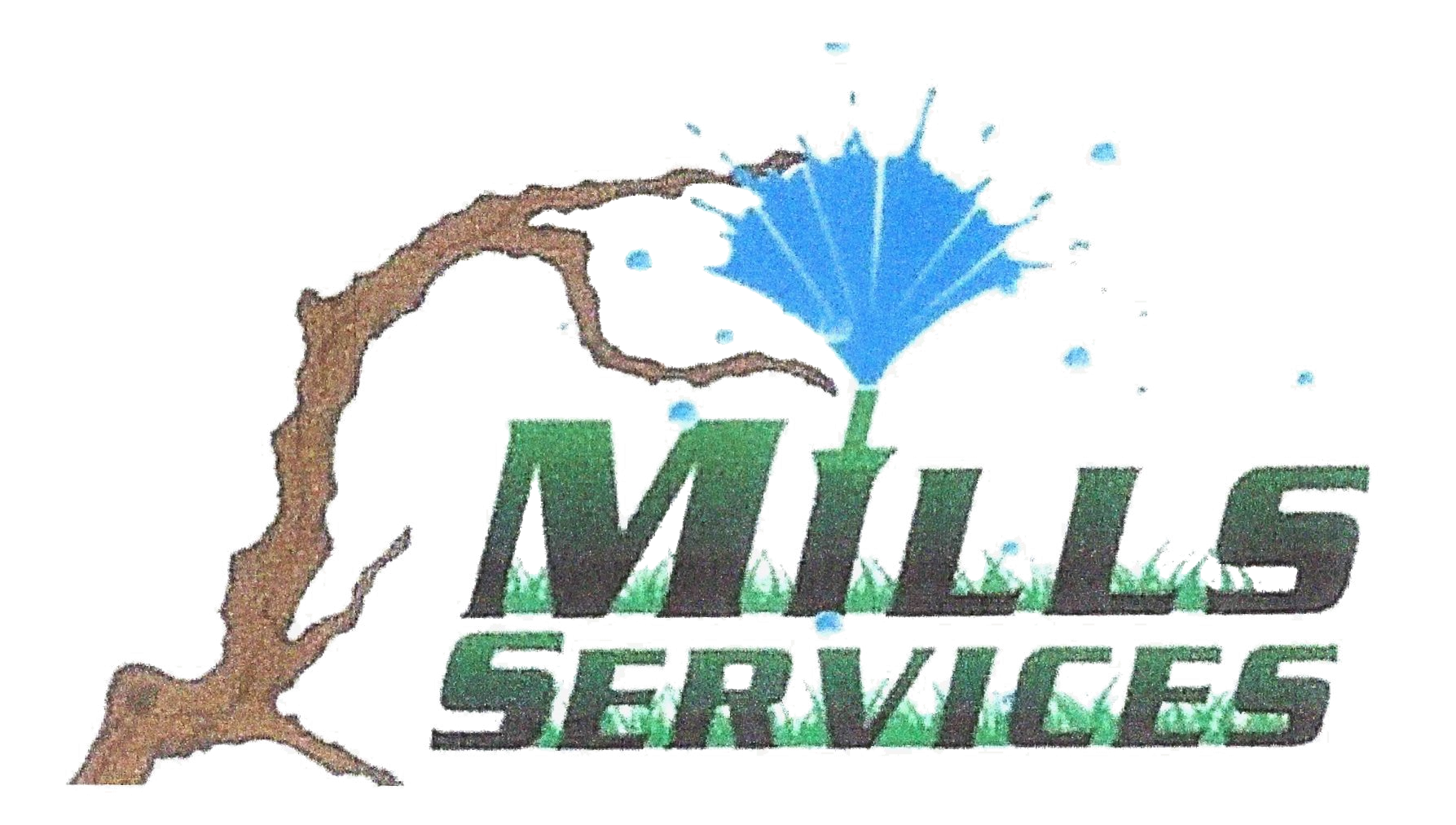4 Trends in Landscape Installation for Modern Yards
Landscaping and landscape installation have always been a reflection of how people connect with their environment, but in recent years, the meaning of outdoor design has shifted in exciting and innovative ways. What was once thought of as simply planting grass, adding a few shrubs, and building a patio has transformed into a holistic approach that considers beauty, practicality, and the natural world all at once. Modern landscaping is about more than creating a visually appealing yard—it is about crafting an outdoor experience that enriches daily life, supports the environment, and adapts to the unique character of every home. These evolving approaches highlight the connection between people and nature, creating spaces that are both personal retreats and functional extensions of the home.
Today, a contemporary landscape installation is driven by ideas that put equal weight on appearance, function, and sustainability. Whether it is embracing low-maintenance design choices, rethinking how outdoor spaces are used, or prioritizing biodiversity, the possibilities extend far beyond traditional gardening practices. As new trends emerge, they offer homeowners fresh ways to approach their yards with creativity, care for the environment, and a sense of long-term value. The result is outdoor spaces that feel more alive, more purposeful, and more in tune with the world around us.
1. Sustainable Landscaping
One of the most defining aspects of modern landscaping is the emphasis on sustainability. People are increasingly aware that the way they design and maintain their outdoor spaces has a direct impact on the planet, and they are making choices that reduce waste, conserve resources, and support local ecosystems. Sustainable landscaping focuses on creating environments that thrive naturally, require less intervention, and contribute positively to the surrounding environment.
A central part of sustainability when it comes to a landscape installation is choosing plants that are well-suited to the local climate. By selecting greenery that is naturally adapted to the area, homeowners can reduce the need for excessive watering, fertilizers, and chemical treatments. These plants not only support the local environment but also create healthier, more resilient yards. Another sustainable practice is building soil health through natural methods. Composting and organic amendments give soil the nutrients it needs to support strong plant growth without relying on synthetic additives.
Water conservation has also become a defining priority. Modern yards often incorporate strategies that minimize water waste, from thoughtful plant placement to efficient watering methods. Rainwater collection and natural drainage features can also be integrated into landscape designs, creating systems that use water more intelligently. These approaches allow outdoor spaces to thrive while reducing their environmental footprint.
The materials chosen in landscaping also contribute to sustainability. More people are looking toward recycled, renewable, or locally sourced products that reduce waste and support long-term ecological balance. From mulches that keep soil healthy to environmentally conscious hardscape materials, these decisions are about creating landscapes that are both beautiful and responsible.
2. Embracing Minimalist Design
Minimalism has long been a guiding principle in architecture and interior design, and it is now a defining trend in landscape installation as well. A minimalist approach emphasizes open spaces, clean lines, and a focus on simplicity that brings clarity and calm to outdoor living. The goal is not to strip the yard of character, but rather to create an environment where every element has meaning and contributes to a sense of harmony.
Modern minimalist yards avoid clutter and excess, instead choosing a small number of design elements that stand out and create impact. Plant layouts often feature carefully selected species that complement one another rather than competing for attention. This approach makes maintenance easier while also ensuring the yard feels cohesive and intentional. Geometric forms, whether in planting beds or pathways, add a sense of order and balance that enhances the overall design.
Color is also used thoughtfully in minimalist landscapes. Monochromatic or muted palettes highlight natural textures and bring a sophisticated, timeless look to outdoor spaces. Hardscape materials like stone, gravel, or concrete are chosen for their durability and understated beauty, blending functionality with style. The result is a serene environment where nature and design work together to create a space that feels restorative and uncluttered.
Minimalism in landscaping is especially appealing because it offers both practicality and peace of mind. A clean, open yard is easier to maintain and provides more flexibility for outdoor activities, while at the same time offering a sense of retreat and relaxation. In a world where daily life often feels busy and overwhelming, a minimalist landscape becomes a place of simplicity and calm.
3. Encouraging Biodiversity
As people become more conscious of the environment, biodiversity has emerged as a central focus in modern landscaping. Yards are no longer designed only for human enjoyment—they are also shaped with the needs of wildlife in mind. By encouraging a variety of plants and creating spaces where different species can thrive, homeowners are fostering outdoor environments that support the health and resilience of local ecosystems.
Another important aspect of biodiversity is creating habitats for birds, insects, and small animals via landscape installation. Leaving certain areas of the yard in a more natural state can provide shelter and food sources, while layered plantings offer variety and seasonal interest. Even small features like birdbaths, ponds, or water dishes help create a richer ecosystem. These choices not only bring more life to the yard but also give homeowners the satisfaction of knowing they are contributing to the preservation of nature.
Native trees and shrubs also play a role in supporting biodiversity. Because they are naturally adapted to the region, they provide the food, shade, and shelter that local wildlife depends on. Incorporating these elements strengthens the connection between people and their environment, turning a yard into a mini-ecosystem that benefits everyone.
4. Outdoor Living and Lifestyle
The way people use their outdoor spaces has changed dramatically over the years. Yards are no longer just patches of grass or places for occasional gardening—they have become extensions of the home where people relax, gather, and live. Modern landscaping embraces this shift by designing spaces that are not only beautiful but also functional and inviting.
Outdoor living areas can take many forms, from simple patios with comfortable seating to more elaborate spaces designed for entertaining. The focus is on creating environments that fit the homeowner’s lifestyle, whether that means a quiet retreat for reading and reflection or a lively gathering space for friends and family. Incorporating natural elements such as wood, stone, and greenery enhances a landscape installation, creating an atmosphere that feels both comfortable and connected to nature.
Relaxation is a key theme in modern landscaping. Lounging areas with cushions, hammocks, or shaded nooks offer a peaceful escape from the pace of daily life. Fire features and outdoor lighting make these spaces usable well into the evening, while natural screening from hedges or trellises adds privacy and seclusion. By blending comfort and design, outdoor living areas transform the yard into a true sanctuary.
What remains clear is that landscaping today is about far more than appearances. According to National Association of REALTORS (NAR) and the National Association of Landscape Professionals (NALP), about 92% of REALTORS suggest that sellers improve the curb appeal of their home before listing it for sale, in addition to other landscaping improvements. This means that a landscape installation is about creating spaces that feel alive, meaningful, and harmonious with the world around them while also boosting market value. By embracing sustainable practices, adopting minimalist designs, encouraging biodiversity, and prioritizing outdoor living, homeowners can create landscapes that are not only beautiful but also enriching for both people and nature. Modern yards are becoming sanctuaries of balance and inspiration, offering a place to connect, reflect, and thrive for years to come. Be sure to reach out to Mills Services for more information on landscape installation!




